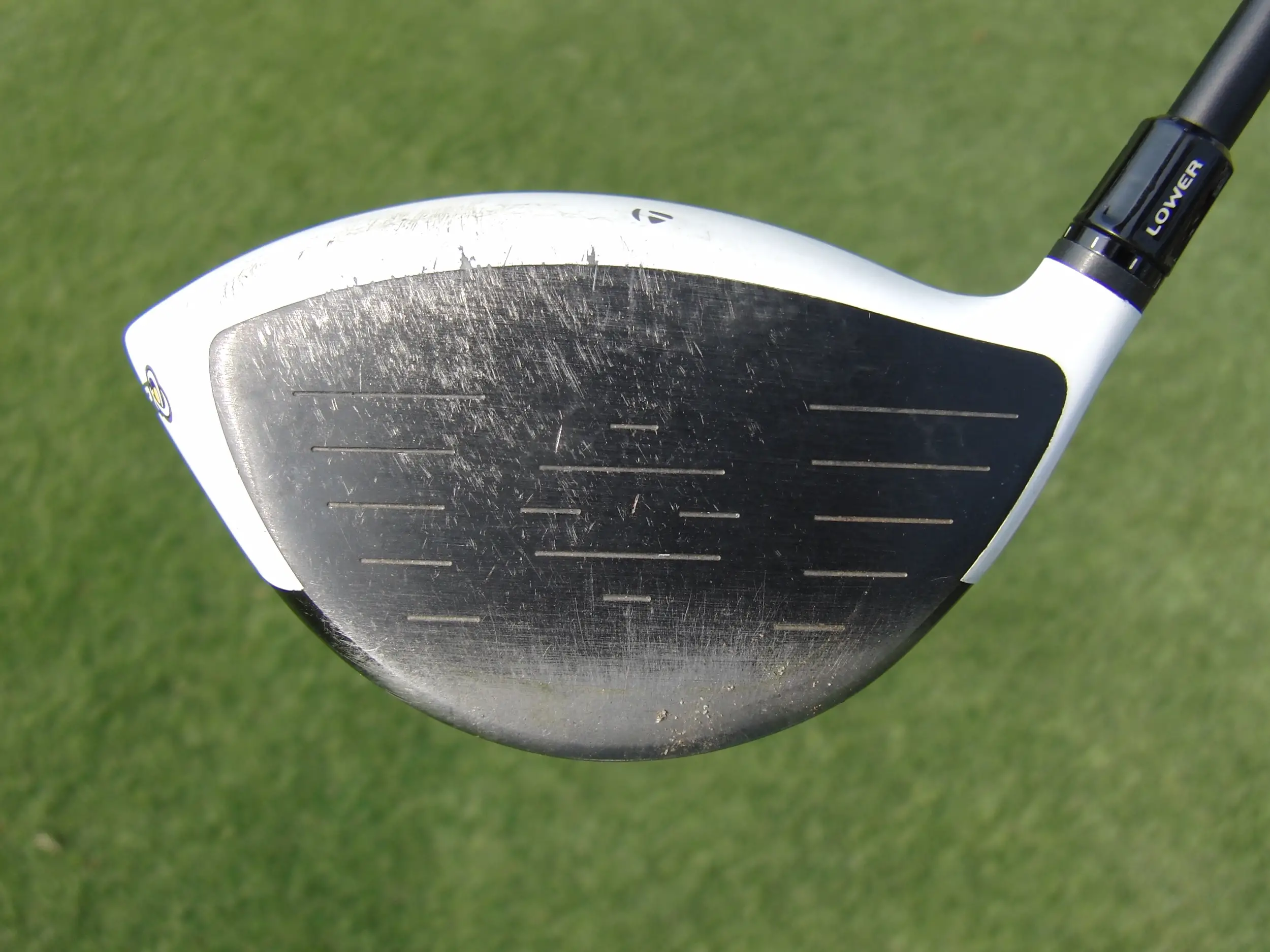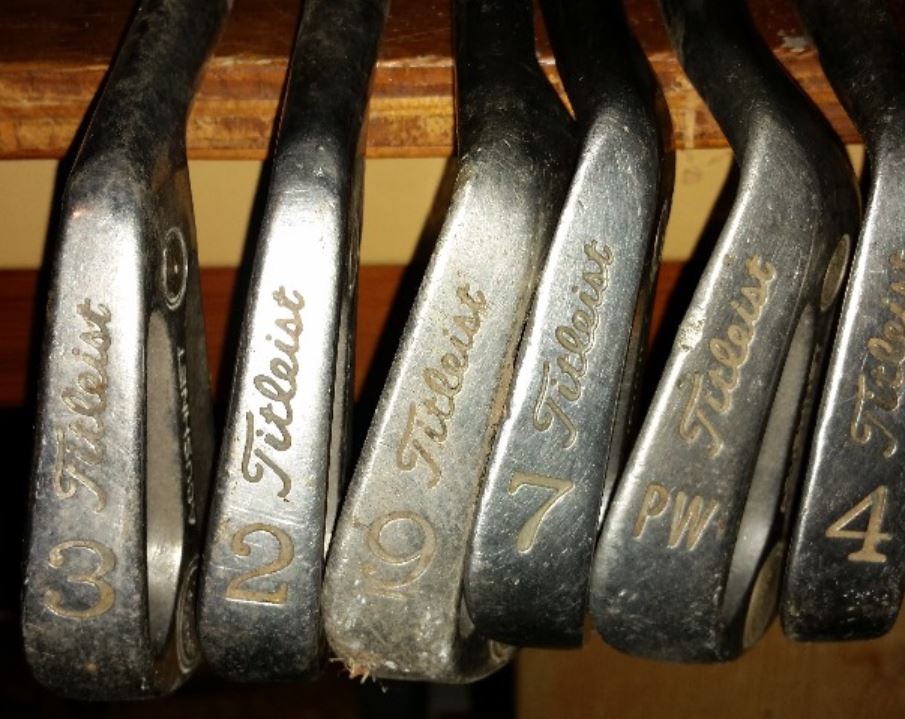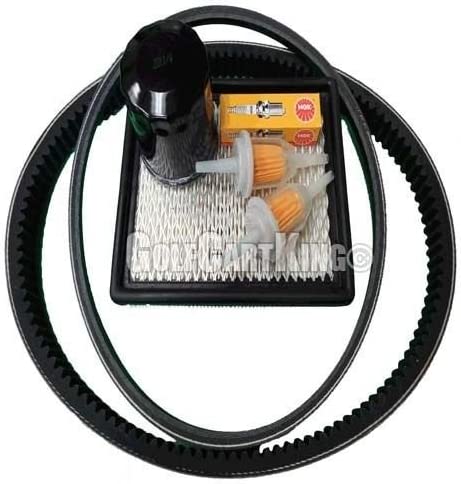Do Golf Drivers Wear Out

Golf is a sport that requires a significant investment in equipment, including clubs, bags, balls, and other accessories. Of all the equipment in a golfer’s bag, the driver is perhaps the most important. The driver is the club used to hit the ball off the tee and set the tone for the rest of the hole. But as with any piece of equipment, golf drivers may wear out over time, potentially affecting a golfer’s game.
Understanding whether golf drivers wear out is important for golfers of all levels. Signs of wear may include physical damage to the club or a loss of performance, such as a decrease in accuracy or distance. Knowing when it’s time to replace a golf driver can help golfers avoid frustration on the course and ensure that they’re playing with equipment that is optimized for their game.
In this article, we will explore everything you need to know about whether golf drivers wear out. We will discuss the signs of wear on golf drivers, the factors that affect the lifespan of golf drivers, how to extend the lifespan of golf drivers, whether using range balls affects golf drivers, and whether golf drivers wear out faster for amateur golfers. By the end of this article, you’ll have a better understanding of how to care for your golf driver and when it’s time to consider a replacement.

Understanding Golf Drivers
Before we dive into whether golf drivers wear out, let’s first understand what golf drivers are and how they work. Golf drivers are the largest club in a golfer’s bag and are designed to hit the ball long distances off the tee. There are several types of golf drivers, including drivers for beginners, drivers for professionals, and drivers for those with slower swing speeds. Golf drivers are typically made from materials such as titanium, steel, or carbon fiber and have different loft angles to achieve different ball flight trajectories.
Signs of Wear on Golf Drivers
Over time, golf drivers may show signs of wear that can affect their performance. Some physical signs of wear may include dents, scratches, or chips on the clubhead or shaft. Performance-related signs of wear may include a loss of distance or accuracy on drives, difficulty getting the ball in the air, or an inconsistent ball flight. These signs can be indicative of a driver that has worn out and may need to be replaced.
Factors that Affect the Lifespan of Golf Drivers
Several factors can affect the lifespan of golf drivers. The frequency of use, material quality, storage and maintenance, environmental factors, and age of the golf driver can all impact how long a golf driver lasts. For example, a driver that is used frequently or stored improperly may wear out faster than a driver that is used less frequently and stored properly.
How to Extend the Lifespan of Golf Drivers
While golf drivers may wear out over time, there are steps you can take to extend their lifespan. Proper storage, regular maintenance, safe transportation, and correct use can all help ensure your golf driver lasts as long as possible. Proper storage includes using headcovers, storing the driver in a dry and cool place, and avoiding leaving the driver in extreme temperatures. Regular maintenance includes cleaning the driver after each use and inspecting it for signs of wear. Safe transportation involves protecting the driver during transport to avoid damage.
Does Using Range Balls Affect Golf Drivers?
Range balls are often used by golfers during practice sessions at the driving range. While range balls may not have the same feel or performance as regular golf balls, they generally do not have a significant impact on the lifespan of a golf driver. However, it is still important to inspect your driver regularly for signs of wear and to clean it after using range balls.
Do Golf Drivers Wear Out Faster for Amateur Golfers?
While amateur golfers may use their drivers less frequently than professional golfers, they may still experience wear on their drivers over time. How quickly a golf driver wears out for an amateur golfer may depend on factors such as swing speed, frequency of use, and storage and maintenance practices. To extend the lifespan of a golf driver, amateur golfers should follow the same tips for proper storage, regular maintenance, and correct use.
Conclusion
In conclusion, golf drivers may wear out over time due to factors such as frequency of use, material quality, storage and maintenance, environmental factors, and age. Signs of wear may include physical damage or a loss of performance. However, by following proper storage and maintenance practices and using range balls responsibly, you can extend the lifespan of your golf driver and enjoy accurate, long drives for many rounds to come.




